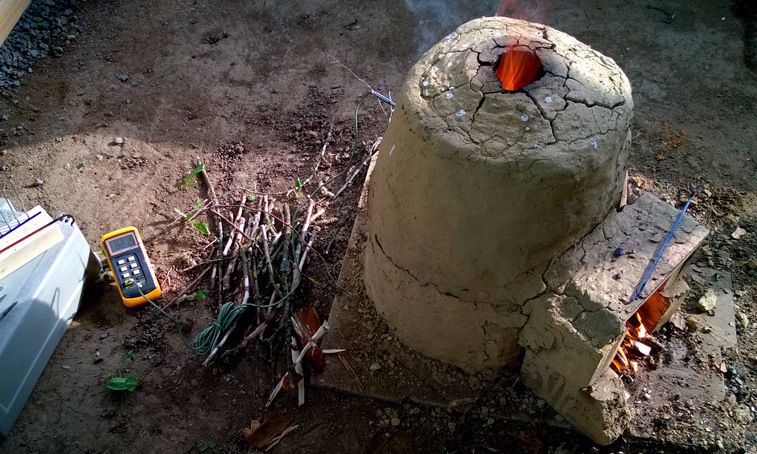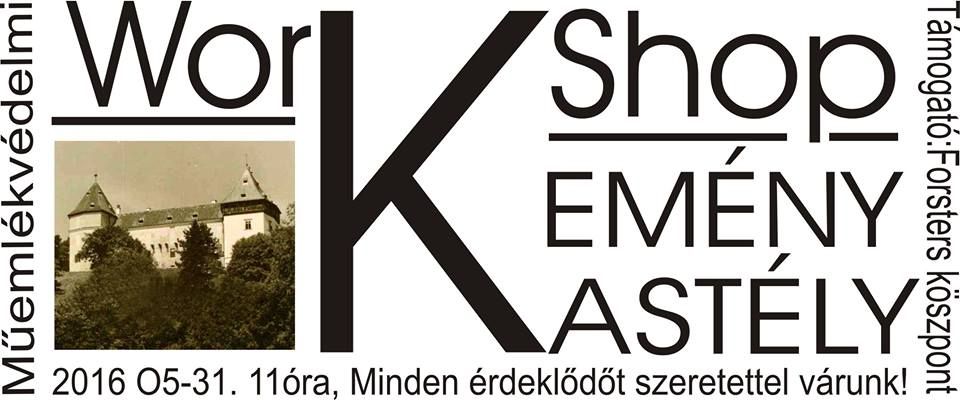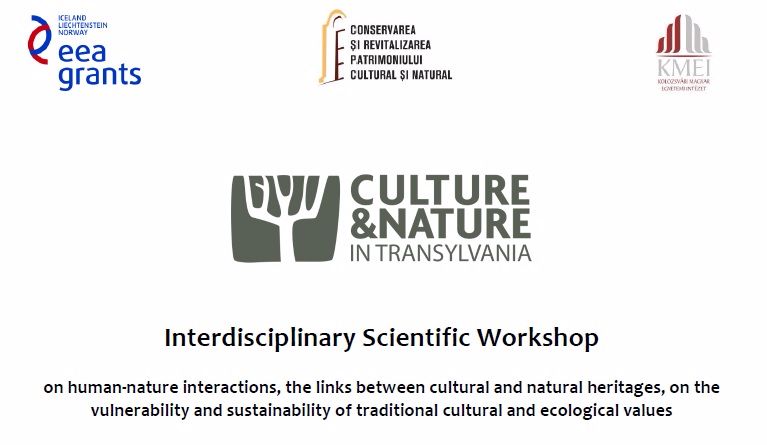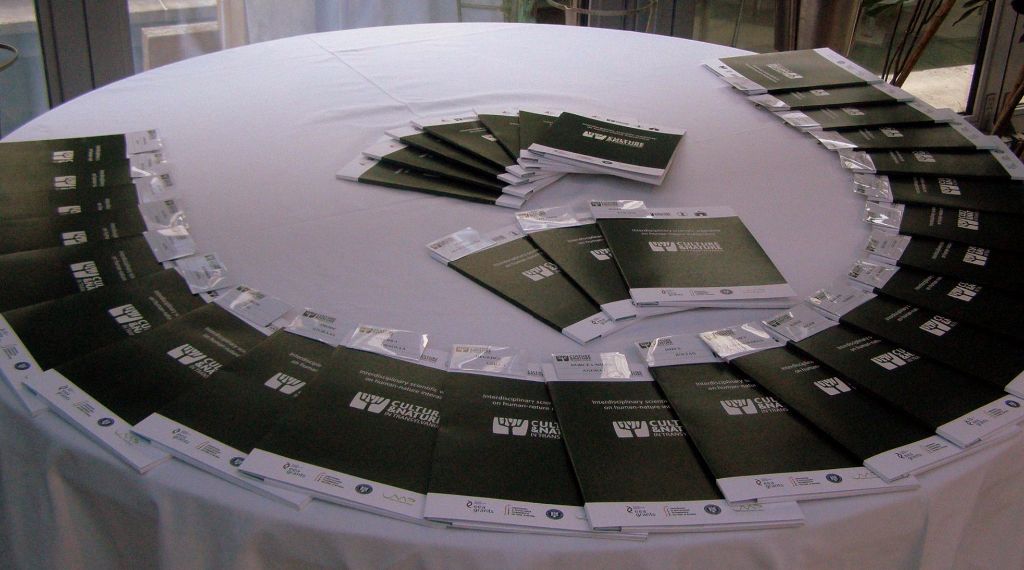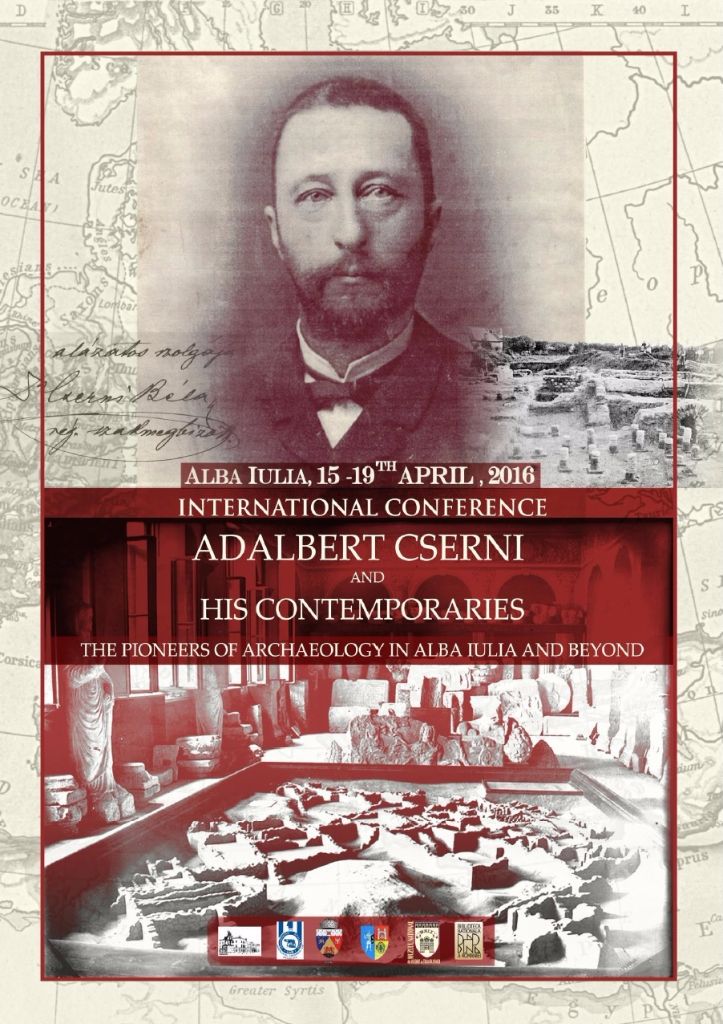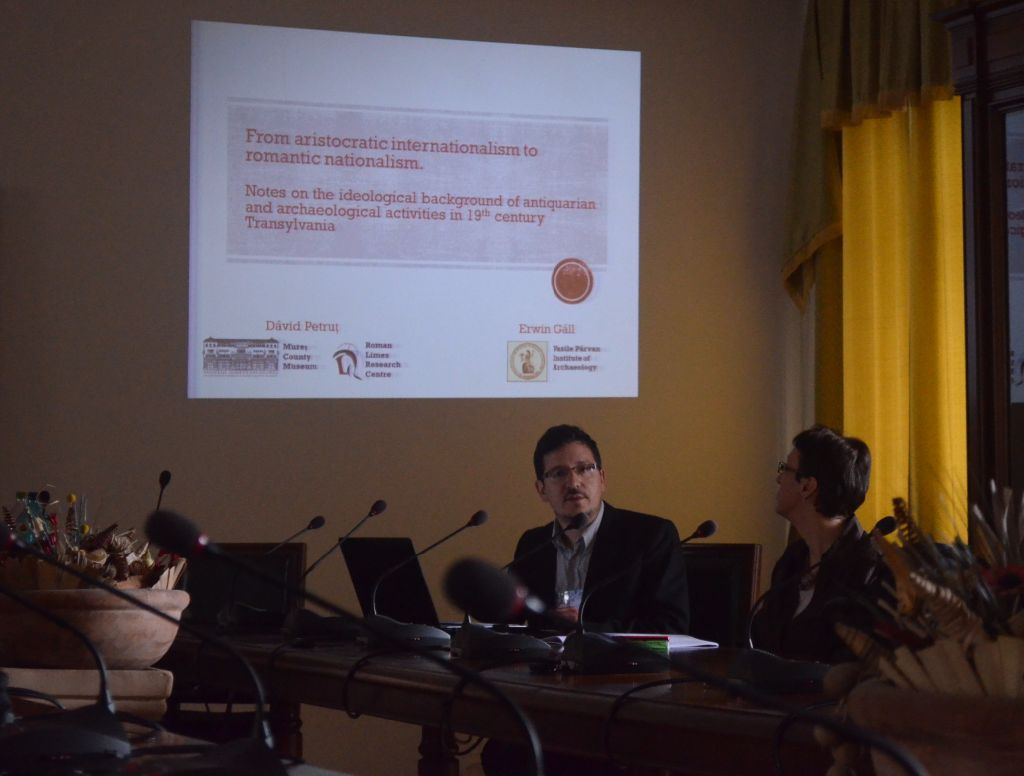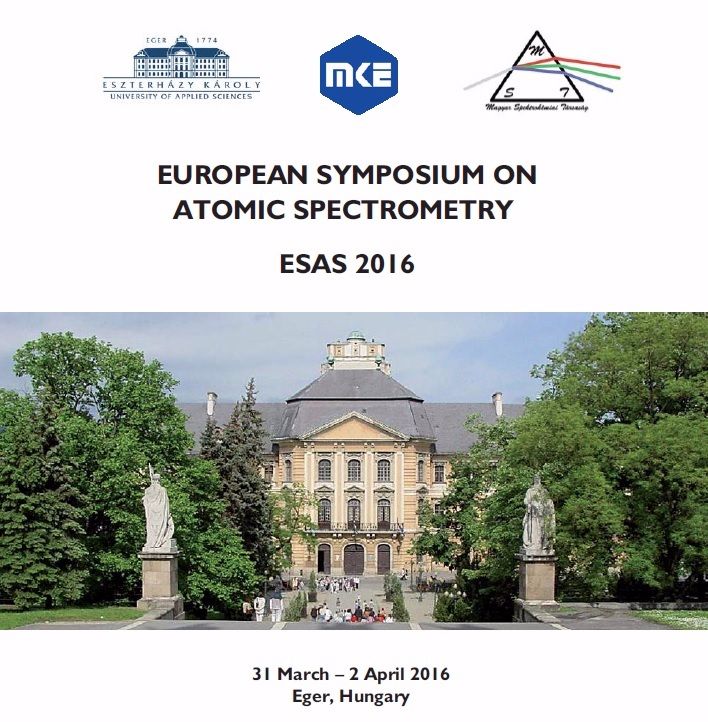Journey to the West in Roman style. The Limes Congress in Ingolstadt 2015
Between the 13th and 20th of September 2015, two members of our team joined the 23rd edition of Limes Congress in Ingolstadt, Germany. The one-week long intensive programme including many presentations and excursions was a great exercise both to our mind and body.
The four days of presentations included sessions related to signalling in the army; industry and commerce; defense strategies; reconstructions; crafts; Roman soldiers and religion, the Danube limes; timber forts; and many other sessions. Due to the huge interest and large audience these presentations were held simultaneously in four different rooms. Live video transmission in other rooms for those who could not manage to fit in the presentation rooms, was also a very useful facility.
During the excursions we visited many of the sites situated along the Raetian limes, like the famous fort and Limes Museum from Ruffenhofen, Eining, Pförring, the celtic oppidum of Manching, Regensburg and many other wonders of the beautiful Bavaria.
Our presentations and poster were dealing with the eatern limes of Roman Dacia that was approached in a multidisciplinary manner. We could present our foreign colleagues our limes part and the results of the recent researches in the domain, promoting in the same time the protection of this heritage.






